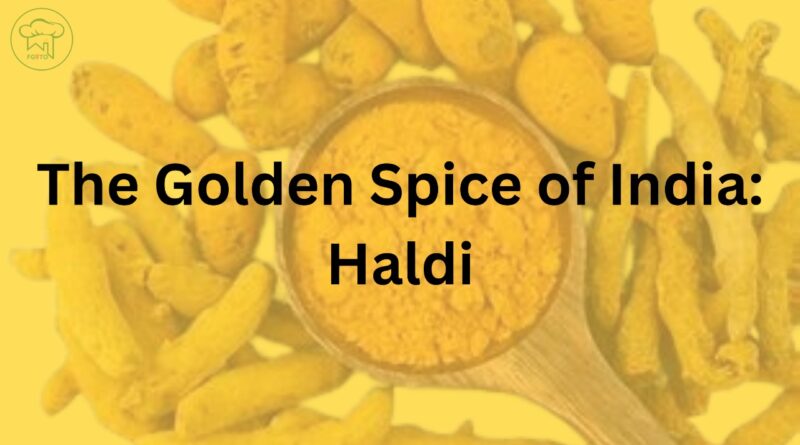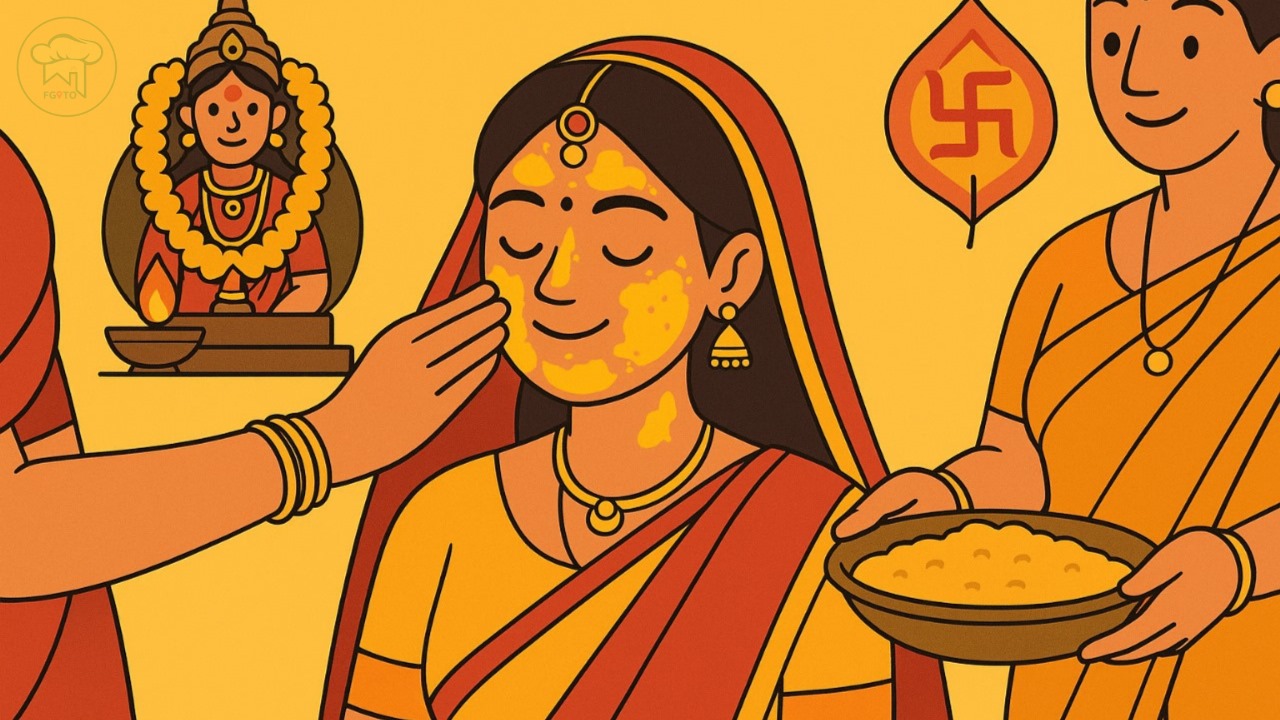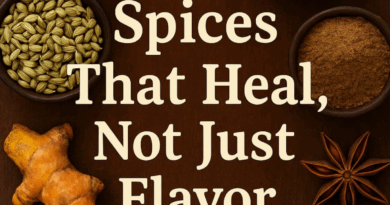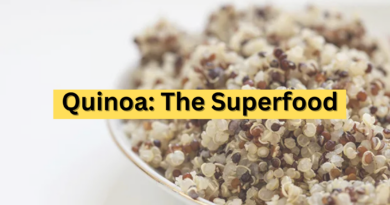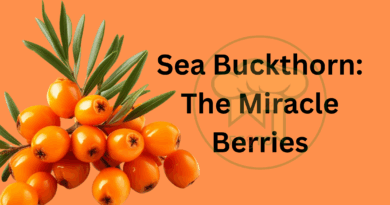The Golden Spice of India: A Journey Through the History and Significance of Haldi
India and its spices have been inseparable for thousands of years. This bond goes far beyond flavor—spices are deeply interwoven into the country’s culture, history, and identity. From the bustling spice markets of Kerala to the royal kitchens of Rajasthan and the colorful traditions of Punjab, spices have helped shape India’s legacy. Among them, Haldi (turmeric) stands out not just for its golden hue but for its sacred role in rituals, traditional medicine, and everyday life.
This radiant root has traveled from ancient Ayurvedic texts to modern wellness trends across the globe. Yet, its heart still beats strongest in Indian soil.
Let’s take a closer look at how this humble spice has become a global phenomenon while remaining a cherished staple in Indian homes.
A Glimpse Into the Past
Haldi’s roots trace back more than 4,000 years. Ancient Vedic texts mention its use in religious ceremonies and healing practices. In Ayurveda, it is known for balancing the three doshas—Vata, Pitta, and Kapha. Archaeological evidence even suggests its presence in the Indus Valley Civilization, highlighting its enduring connection to Indian culture.
Cultural and Religious Significance
In India, Haldi is more than just a spice—it is a symbol of purity, prosperity, and protection. One of its most recognizable roles is in the Haldi ceremony during Indian weddings. A paste made from turmeric, sandalwood, and rose water is applied to the bride and groom to purify and bless them before their big day.
Haldi is also central to many Hindu religious rituals. It’s offered to deities, used to draw sacred symbols like the Swastika during pujas, and even dyed into threads worn by married women in South India.
Its presence in Indian homes—whether in the kitchen or the temple—signifies health, spirituality, and well-being.
Global Recognition of Haldi
Though turmeric has long been a staple in South Asia, it gained international attention thanks to Arab traders and global trade routes. As Western societies began exploring natural medicine, Haldi’s healing properties caught global interest.
Scientific studies later validated what Indian traditions had always claimed: turmeric, particularly its active compound curcumin, has powerful anti-inflammatory and antioxidant benefits.
Today, it’s available in capsules, teas, skincare products, and even lattes. Countries like the US, Australia, and several European nations have embraced turmeric, spurred by the rising popularity of Ayurveda and holistic health.
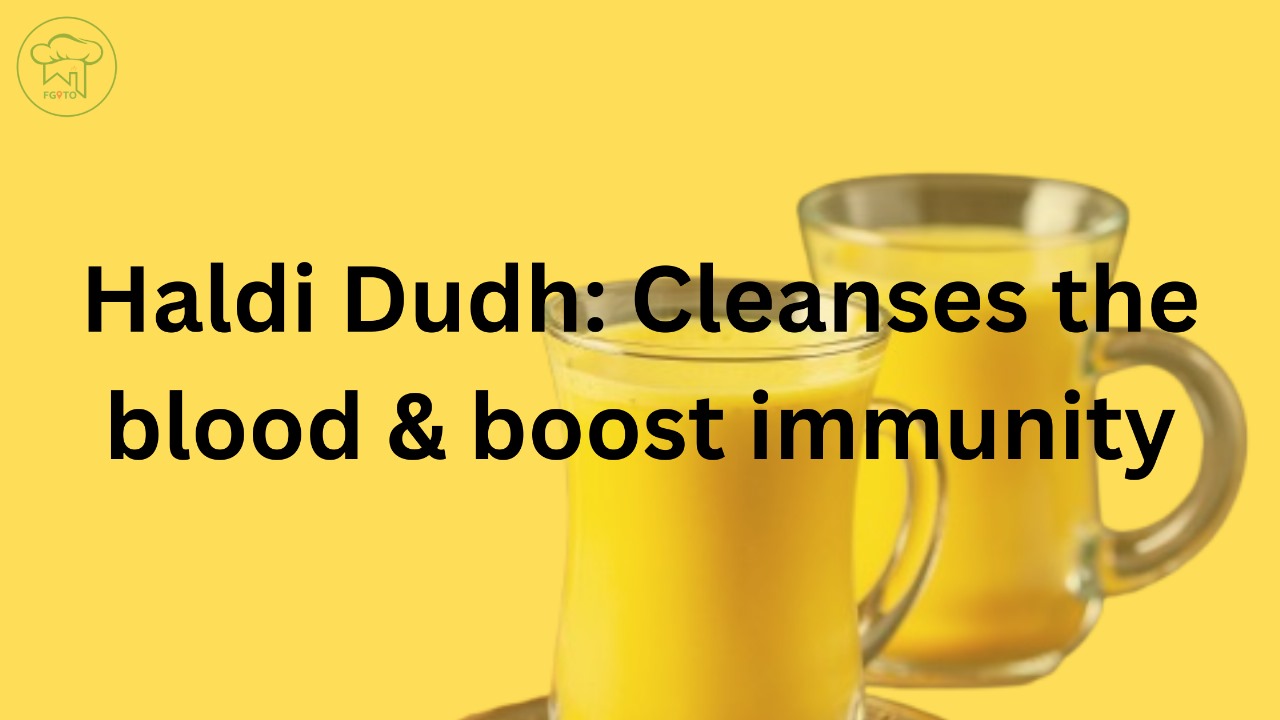
Healing Benefits of Turmeric
Turmeric’s rise in global wellness is well-earned. Curcumin is known for its:
- Anti-inflammatory, antibacterial, and antiviral properties
- Role in treating wounds, digestive issues, and joint pain
- Support for liver function and immunity
In India, the beloved “Haldi Doodh” (turmeric milk) is a go-to home remedy for colds, coughs, and general wellness. Its natural antibacterial qualities also make it effective for treating cuts, burns, and skin infections.
Modern studies have shown curcumin may help manage arthritis, diabetes, and even support cancer treatment—though it’s most effective when consumed with black pepper, which contains piperine to boost absorption.
Also Read: Ghar Ka Khana vs. Restaurant Food: A Battle of Taste or Emotion?
Conclusion: A Timeless Wonder
From sacred rituals to scientific breakthroughs, Haldi’s journey is a glowing testament to its importance. In India, it remains more than just a spice—it’s a symbol of healing, purity, and tradition. As the world continues to discover turmeric’s golden power, India holds its roots close, reminding us that some of the most powerful remedies are also the most natural.
At FGITO, we carry forward this legacy by ensuring every homemade meal we deliver in Noida and Lucknow is rich not just in flavor but in nourishment. Whether it’s a comforting dal or a spiced sabzi, turmeric is a quiet hero—bringing warmth, immunity, and tradition to your plate.
Because good food isn’t just about taste—it’s about trust. And sometimes, healing begins in the kitchen.

